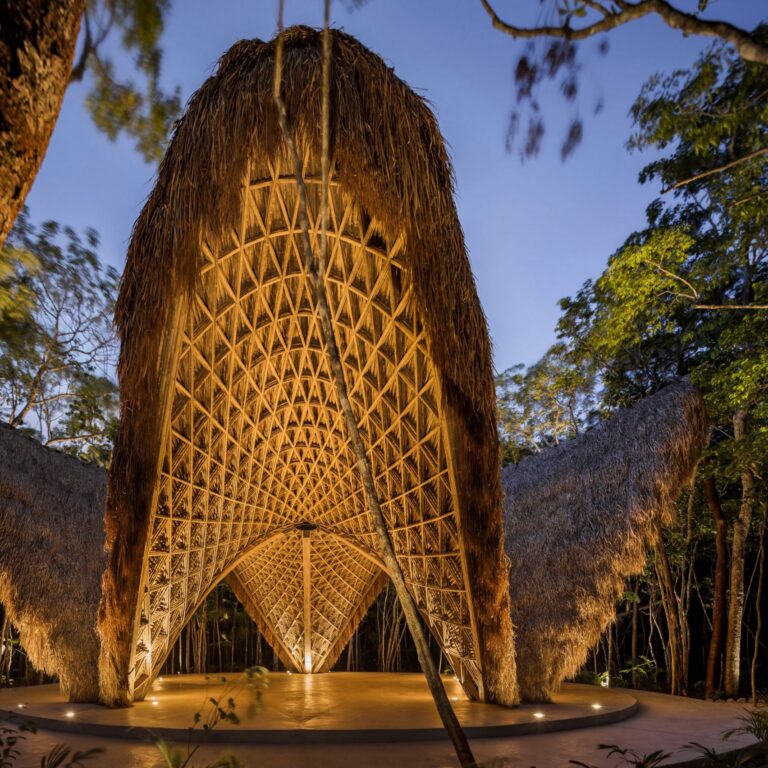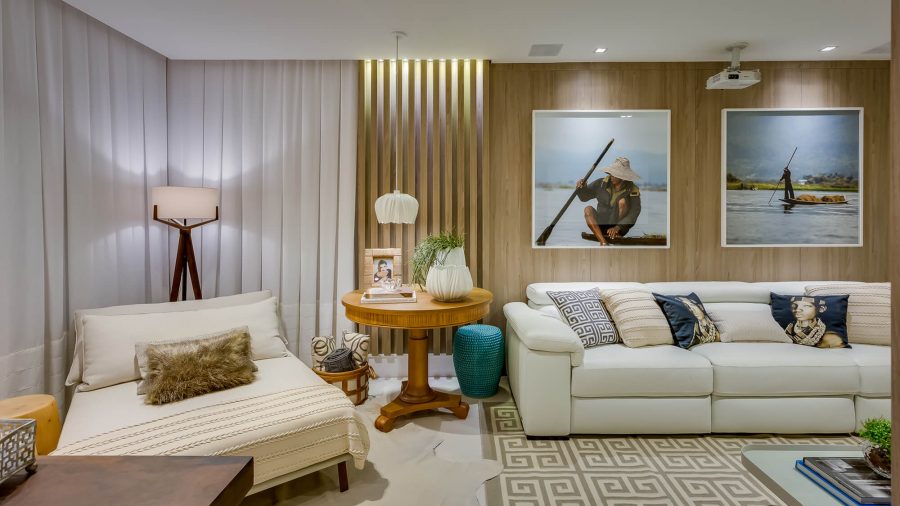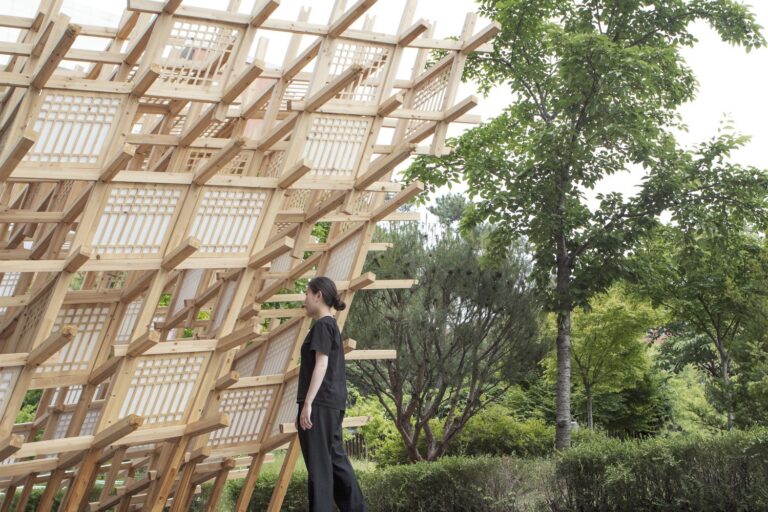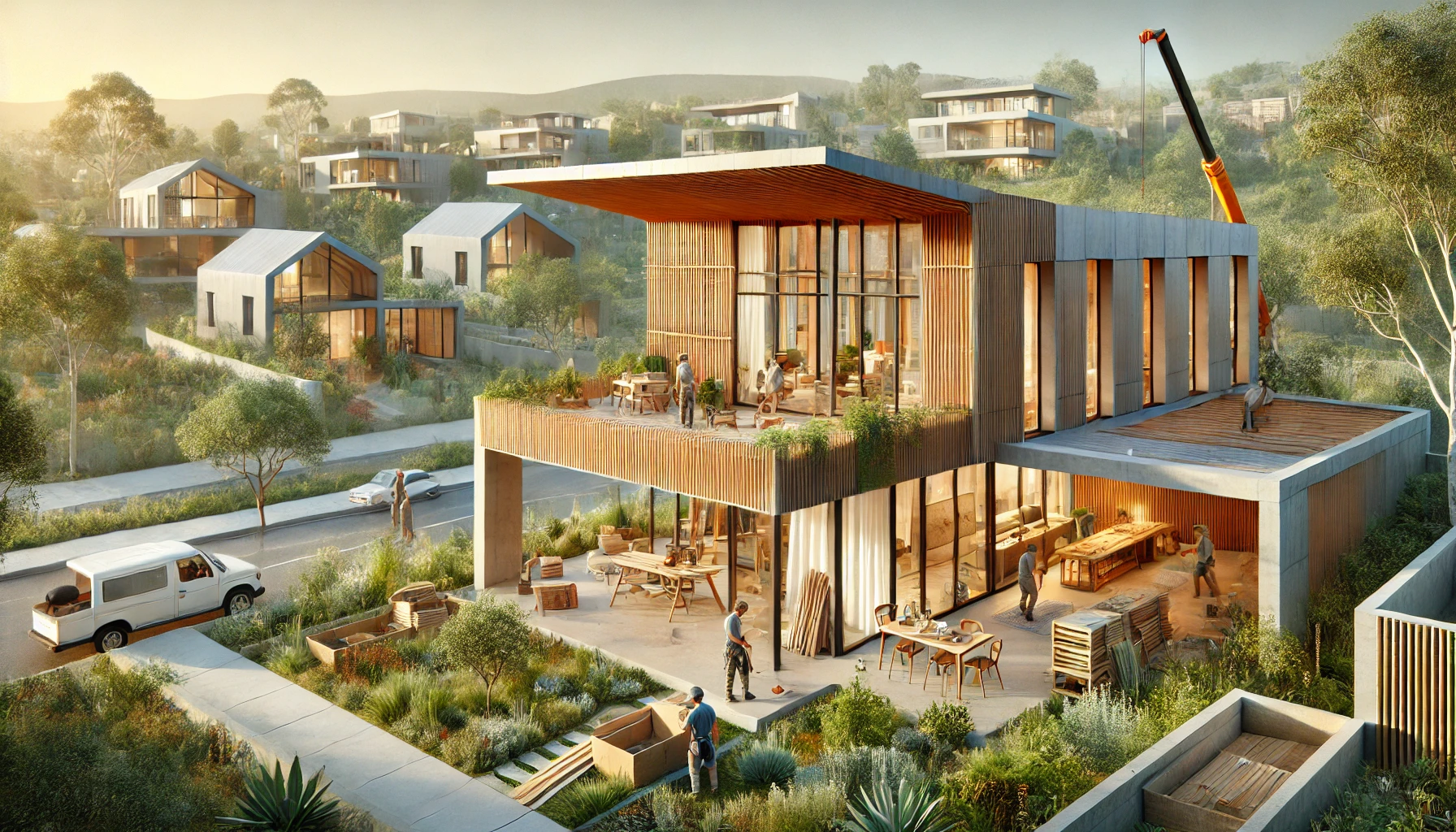At Coastal Custom Products, we specialize in importing eco-friendly and sustainable building materials such as laminated bamboo lumber, MDF, PVC, and sustainably sourced wood. As the construction industry increasingly recognizes the need for sustainable practices, the demand for environmentally responsible materials continues to grow. Using sustainable materials not only benefits the environment but also ensures the durability and longevity of buildings. By choosing materials that are both renewable and resilient, we can create structures that stand the test of time while minimizing environmental impact.
In this blog post, we will explore the importance of sustainable materials in future-proofing your build. We will delve into the concept of future-proofing, examine various sustainable building materials, and highlight their benefits. Additionally, we will discuss economic and environmental advantages, address challenges, and look at future trends.
By the end, you will understand why incorporating sustainable materials is crucial for the long-term resilience of any construction project.
Understanding Future-Proofing in Construction
Future-proofing in construction refers to the practice of designing and building structures that are resilient, adaptable, and sustainable over the long term. This concept is vital as it addresses not only the immediate needs of a building but also its ability to withstand future environmental, economic, and social changes. Future-proofing ensures that buildings remain functional and efficient, reducing the need for costly renovations or replacements.
The benefits of future-proofing extend to various stakeholders, including builders, homeowners, and the environment. For builders, it means creating high-quality structures that meet current and future demands. Homeowners gain from reduced maintenance costs and enhanced property value. Environmentally, future-proofing reduces resource consumption and minimizes waste, contributing to a more sustainable future.
Sustainable materials are integral to future-proofing as they offer durability, efficiency, and minimal environmental impact. These materials are designed to last longer and perform better under various conditions, making them essential for any construction project aiming for long-term resilience.
Overview of Sustainable Building Materials
Sustainable building materials are those that have a reduced environmental footprint, are resource-efficient, and contribute to the health and well-being of occupants. Key criteria for sustainability in materials include renewability, low environmental impact, durability, and energy efficiency. By choosing sustainable materials, builders can significantly reduce the environmental impact of their projects while ensuring high performance and durability.
There is a wide range of sustainable materials available today, each with unique properties and benefits. These materials include rapidly renewable resources like bamboo, recycled content products like MDF and PVC, and responsibly sourced natural products like sustainably harvested wood. Each material offers different advantages and applications, allowing builders to choose the most appropriate options for their specific needs.
Detailed Examination of Key Sustainable Materials
Laminated Bamboo Lumber

Laminated bamboo lumber is known for its strength, flexibility, and rapid growth cycle. Bamboo grows much faster than traditional timber, making it a highly renewable resource. It is also incredibly strong and can be used in various structural applications, from flooring to framing. Bamboo’s natural resistance to pests and moisture further enhances its durability, making it an excellent choice for sustainable construction.
Medium Density Fiberboard (MDF)

MDF is an engineered wood product made from recycled wood fibers and resin. It offers several benefits, including consistent quality, smooth surface, and ease of machining. MDF is environmentally friendly as it utilizes wood waste that would otherwise be discarded. Additionally, low formaldehyde emissions in modern MDF products make them safer for indoor air quality. MDF is widely used in furniture, cabinetry, and interior paneling.
Polyvinyl Chloride (PVC)

PVC is a versatile plastic material that can be recycled and used in various construction applications. It is known for its durability, resistance to moisture and chemicals, and long lifespan. PVC can be used for pipes, window frames, flooring, and siding. Its recyclability makes it a sustainable choice, as it can be reprocessed into new products, reducing the need for virgin materials.
Sustainably Sourced Wood

Sustainably sourced wood comes from forests managed to preserve biodiversity and ecological balance. This wood is harvested in a way that maintains the health of the forest and ensures a continuous supply of timber. Sustainable wood products, such as FSC-certified lumber, offer the aesthetic and structural benefits of traditional wood while minimizing environmental impact. They are used in various applications, including framing, decking, and finishes.
Additional Sustainable Building Materials
Recycled Steel
Recycled steel is made from scrap metal and offers exceptional strength and durability. It can be recycled multiple times without losing its properties, making it a highly sustainable option. Recycled steel is used in structural frameworks, roofing, and reinforcement.
Reclaimed Wood
Reclaimed wood is salvaged from old buildings, barns, and other structures. It provides unique character and history to new projects while reducing the demand for new timber. Reclaimed wood is commonly used in flooring, beams, and decorative elements.
Hempcrete
Hempcrete is a bio-composite material made from the inner fibers of the hemp plant mixed with a lime-based binder. It offers excellent insulation properties, is carbon negative, and provides a healthy indoor environment. Hempcrete is used for walls, insulation, and even flooring.
Case Studies and Real-World Examples

Numerous projects worldwide have successfully integrated sustainable materials, showcasing their long-term benefits. For example, the Bullitt Center in Seattle, known as the greenest commercial building in the world, uses FSC-certified wood and other eco-friendly materials. The building demonstrates the feasibility and advantages of sustainable construction, including energy savings and enhanced occupant well-being.
Another example is the BedZED (Beddington Zero Energy Development) in the UK, which utilizes reclaimed materials, solar energy, and efficient insulation. This pioneering eco-village highlights how sustainable materials contribute to energy efficiency and reduced environmental impact.
Testimonials from builders and homeowners further emphasize the benefits. Builders report improved project quality and client satisfaction, while homeowners enjoy lower utility bills, healthier living environments, and increased property value.
Economic and Environmental Benefits of Sustainable Materials
Sustainable materials offer significant economic benefits over the long term. While the initial cost may be higher, the durability and efficiency of these materials result in lower maintenance and replacement costs. Energy savings from better insulation and reduced resource consumption also translate to financial savings for homeowners and building operators.
Environmentally, sustainable materials help reduce carbon footprints, conserve natural resources, and minimize waste. By using renewable resources and recycled content, the construction industry can lower its environmental impact and contribute to a more sustainable future. These materials also promote healthier indoor environments by reducing harmful emissions and improving air quality.
Challenges and Considerations
Despite the numerous benefits, there are challenges in sourcing and using sustainable materials. Availability and cost can be barriers, particularly in regions where sustainable options are limited. Builders may also face a learning curve in working with new materials and ensuring they meet performance standards.
To overcome these challenges, it is essential to research and partner with reliable suppliers, such as Coastal Custom Products, who specialize in sustainable materials. Educating builders and clients about the long-term benefits and potential cost savings can also facilitate wider adoption of these materials.
Conclusion
ncorporating sustainable materials is crucial for future-proofing your build. These materials not only provide long-term resilience and durability but also offer significant economic and environmental benefits. By choosing eco-friendly options, builders and homeowners can contribute to a more sustainable future while ensuring the quality and performance of their structures.
At Coastal Custom Products, we are dedicated to providing the highest quality sustainable materials to help you achieve your construction goals. Explore our range of products and join us in building a better, more resilient future.
For more information on our sustainable building materials, contact Coastal Custom Products today. Visit our website to view our product catalog or request a consultation with our experts. Let’s work together to make your next construction project sustainable and future-proof.



